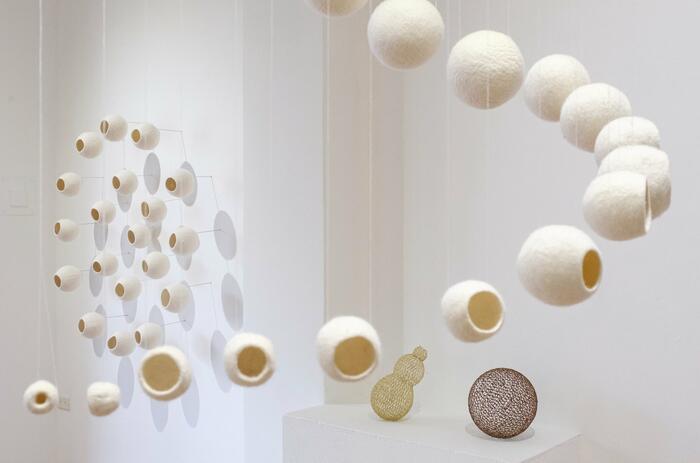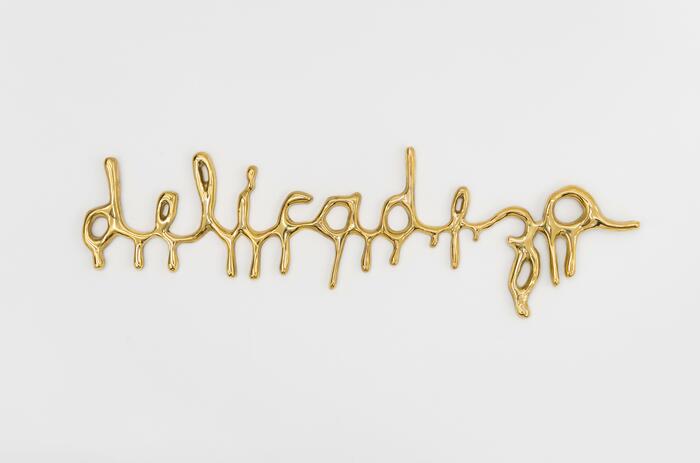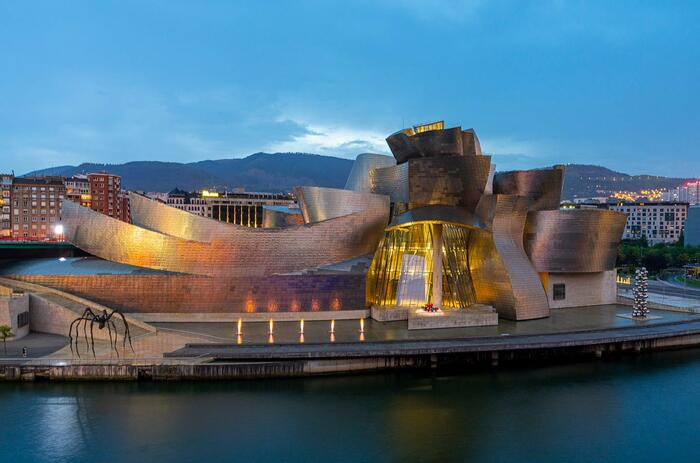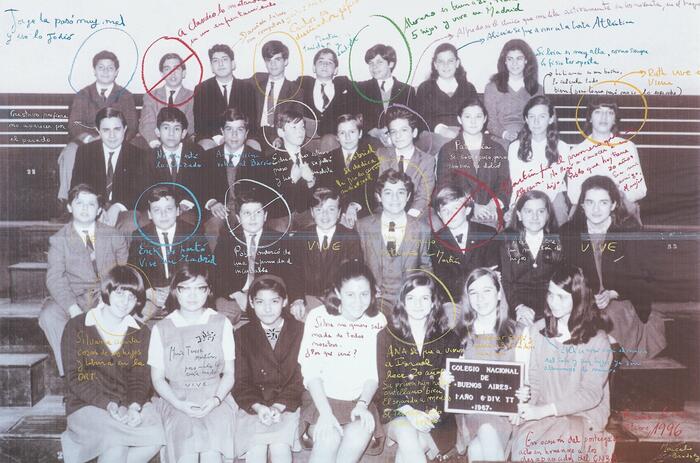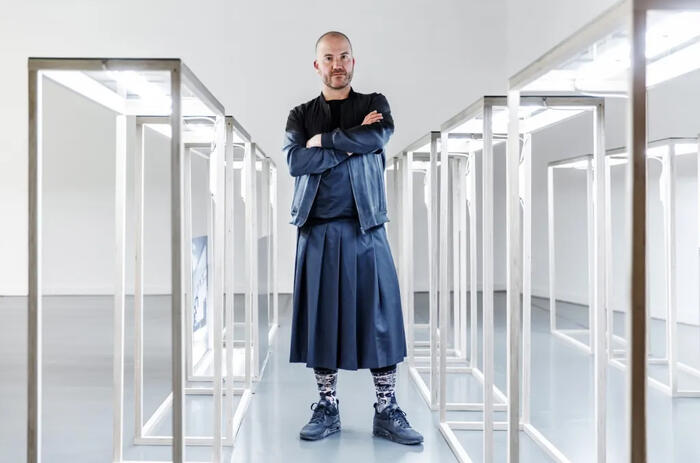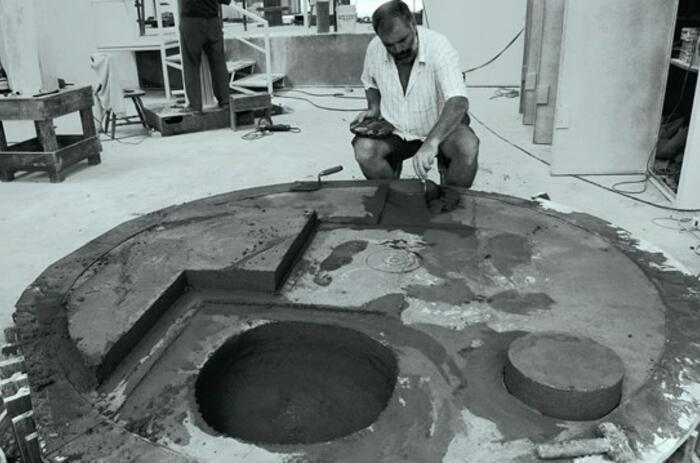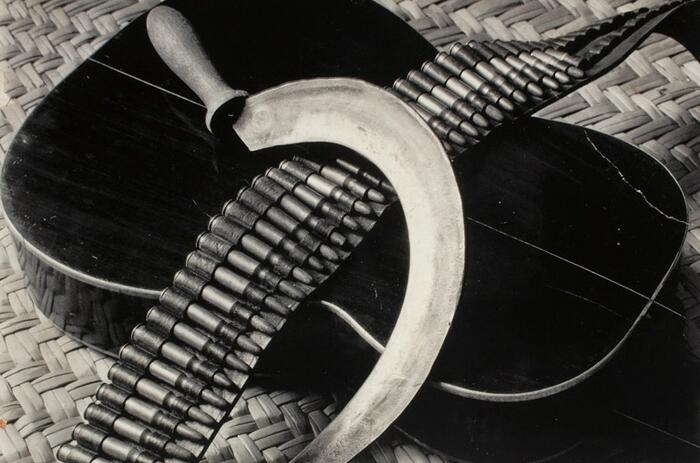EVA FÀBREGAS' VISCERAL SCULPTURES
Enredos: Eva Fàbregas proposes an intuitive relationship between the artist’s sculptures and drawings and a selection of works from Centro Botín's art collection.
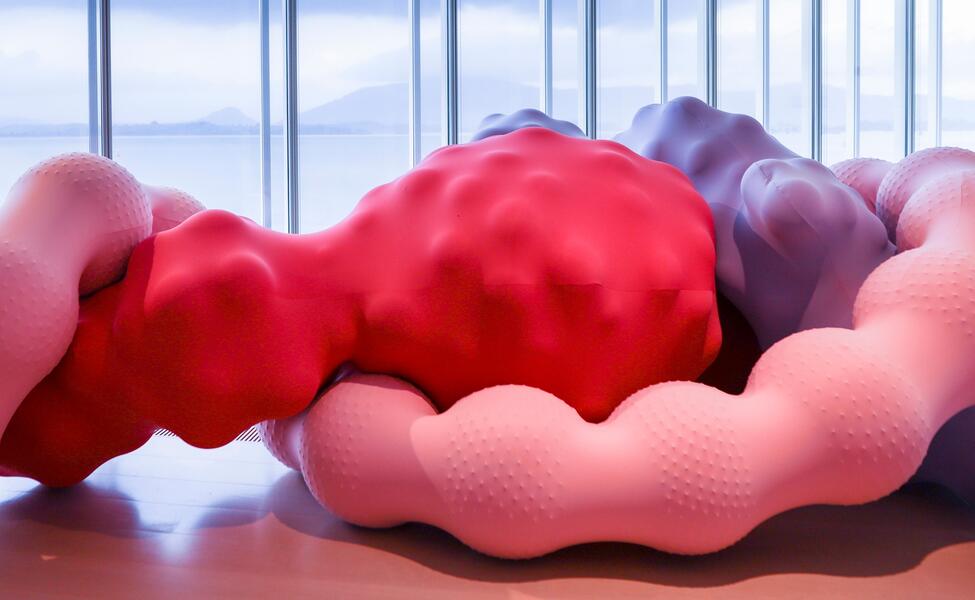
The connections between the works create a complex, often unexpected dialogue around desire, the corporeal and the playful, but also the amorphous, the daring and the disturbing. This interweaving of works was conceived as a living organism, on a large scale, that takes over the architectural space.
In Fàbregas' sculptures, air becomes a tangible material that creates volumes, shapes and scales capable of altering the perception of ourselves and the space in which we find ourselves. These volumes allude to biological processes and rhythms related to digestion, gestation or metamorphosis. In this way, they generate a duplicity of emotions: of threat and care, of innocence and perversion. They invite us to relate to art in a sensorial way: to feel its texture, its temperature, and its rhythm.
Conceived for this exhibition and produced in collaboration with MACBA, Oozing stands out, an accumulation of inflatable sculptures that makes us feel minuscule. It seems that we are witnessing an uncontrollable organic growth, a symbiotic entanglement between works-bodies, shapes, materials and colors that come from worlds we do not yet know, that can take us to fantastic and science fiction landscapes, and that remind us of internal organs. We can caress it, synchronize our breathing with its own, feel its skin as an extension of our own, in an exercise of communion as beautiful as it is strange.
This exhibition is the first chapter of the new exhibition program Enredos, whose aim is to support artists who have received an Art Grant from the Botín Foundation and to link them once again with the collection, the building and the public.
The work of Eva Fàbregas (Barcelona 1985) revolves around desire and abstraction, the somatic and the tactile, inviting the viewer to feel that other bodies and other forms of care are possible. Her artistic practice addresses the possibility of tactile involvement, physical intimacy, affective bonding, tenderness and different forms of experimentation with and through objects.

